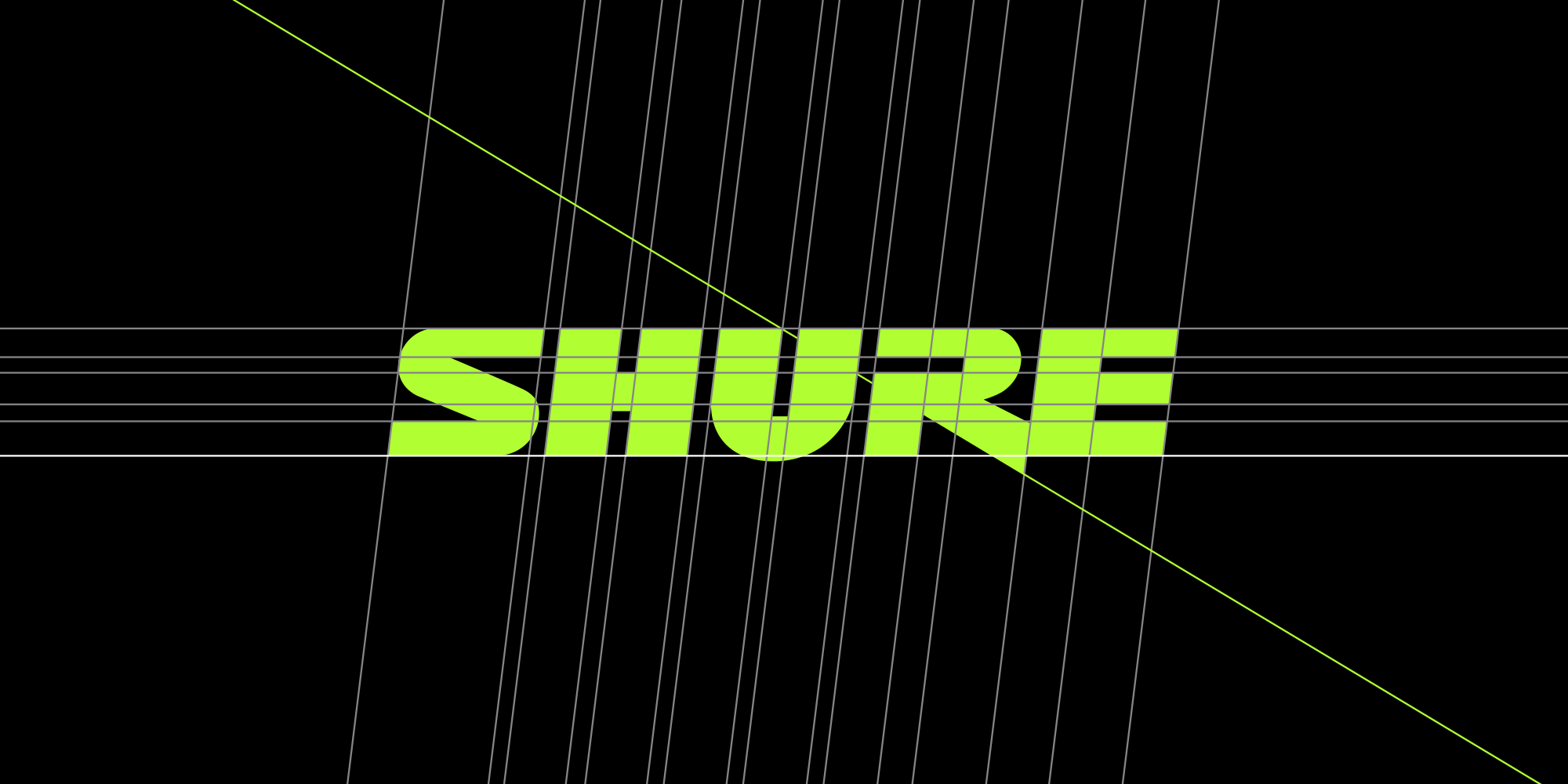Shure Pro Audio Roundtable: Continued Creativity And Innovation Will Drive 2021 Music Business

CHICAGO, Jan. 26, 2021¾The professional audio industry spent much of last year pivoting and adapting to the current state of live events. From live-stream concerts to pre-taped performances in artists’ bedrooms, the entire industry was forced to adjust to a new way of working.

To bring the industry together, Shure gathered an all-star panel of guests to offer their own perspective on how the current situation has impacted their professional lives and day-to-day reality. The 90-minute roundtable chat offered unique viewpoints from bands, venues, music labels, and more, including Julie Weir (Sony Records UK, Music for Nations), Adam Thurston (Audiotree, Lincoln Hall, Schubas in Chicago), Glen Rowe (KYOTO Music, Muse), Taylor Goldsmith and Griffin Goldsmith (Dawes), Greg Morrow (Session Drummer), and John Harris (Mixing Engineer).
Moderated by Peter James, Vice President of Global Professional Audio Sales at Shure, the discussion touched upon the positives of 2020 and the steps the industry needs to take to re-open again.
A Pro Audio Renaissance
Regardless of profession, all panelists agreed that there’s been a rebirth of creativity. From writing sessions over Zoom to recording new music to developing platforms to consume the content, the industry has never been more creative.
“People are really desperate for new music,” said Julie Weir of Sony Records. “We had a top ten record in the UK with a heavy metal band because we did an interesting campaign that was all digital and people engaged with. It has taken longer to do smaller things, but I’ve never been more creative because you talk to more people now and there is more collaboration coming through because artists are open to thinking outside the box.”
While live events with large audiences may have slowed down, the creativity hasn’t stopped.
“Around May and June, studio work picked up a bit,” noted Griffin Goldsmith of Dawes. “Then it was really busy. Everyone is making records because we can’t tour right now, and people are finding ways to be creative. It’s definitely inspired some pretty awesome music.”
The shutdown of live events gave many industry professionals a much-needed break from constant touring or moving from job to job. It gave people time to take a moment to breathe and re-evaluate their goals.
“You don’t want to be complacent and you don’t want to be lazy,” commented Greg Morrow, a Session Drummer. “I’ve reestablished relationships that I had with people many years ago who I haven’t connected with in a long time. These relationships have come around again because people understand you can work from home.”
One thing is for certain: technology enabled everyone to get creative. In the beginning, manufacturers couldn’t keep audio products in stock long enough for people to outfit their home studios. Technology enabled anyone to collaborate musically from remote locations.
“Artists don’t want to come to the studio in-person,” said John Harris, a Mixing Engineer. “In some cases, studio engineers have sent remote facilities to the artists so when they put on headphones, they can speak with the studio engineers as if they are right there and are able to carry on their craft. If we can establish a good way to do live TV and music performances remotely, are companies going to want to pay to fly out 25 people for one performance?”
Hybrid Shows May Be Part Of The Near Future
Live events will not look the same when venues are cleared to open. The crew responsible for helping concerts run smoothly might have already found new jobs in different industries, which is a concern to many.
“The big worry is not just live events in general but the live ecosystem and the people who work in the live events: the tour managers and tour bus companies,” noted Weir. “There is maybe 20 percent of people left in the industry because people had to get other jobs. There is not going to be enough people to go around. When we get back into it, a minimum crew is what our issue is going to be.”
There will likely be an audience capacity limit at live shows. Coupled with people out of work, industry professionals need to come together and create an economy around a new way of working. A hybrid of live shows also streamed online could be an interim solution.
“Nothing is ever going to replace being at a show,” remarked Adam Thurston of Audio Tree. “Live streaming will not replace that, but it will introduce more music to people. Most people don’t live within a hundred or two hundred miles of a music venue, so having a way to present good-quality content for people to watch in the comfort of their own home will have a lot of people interested now and in the future.”
In some countries this has already happened. Major concerts have been broadcast to people in cinema where they can still experience high-quality audio. This interim period enables record labels, management companies, and bands an opportunity to think of new ways to offer exclusive content to loyal fans.
“The music business will come back better than ever,” noted Thurston. “Everyone will want to get back. There will be new ways of innovation, other ways to consume music, and additional revenue streams. The traditional touring business will evolve and there will be more music out to more people.”
As we embark on 2021, there will be a continuous demand for unique music content across different platforms as the industry begins to transition back to live events. Together, the pro audio community will prevail. For more insightful and uplifting anecdotes from the panel discussion, click here to watch a recorded version of Sounding Board.








